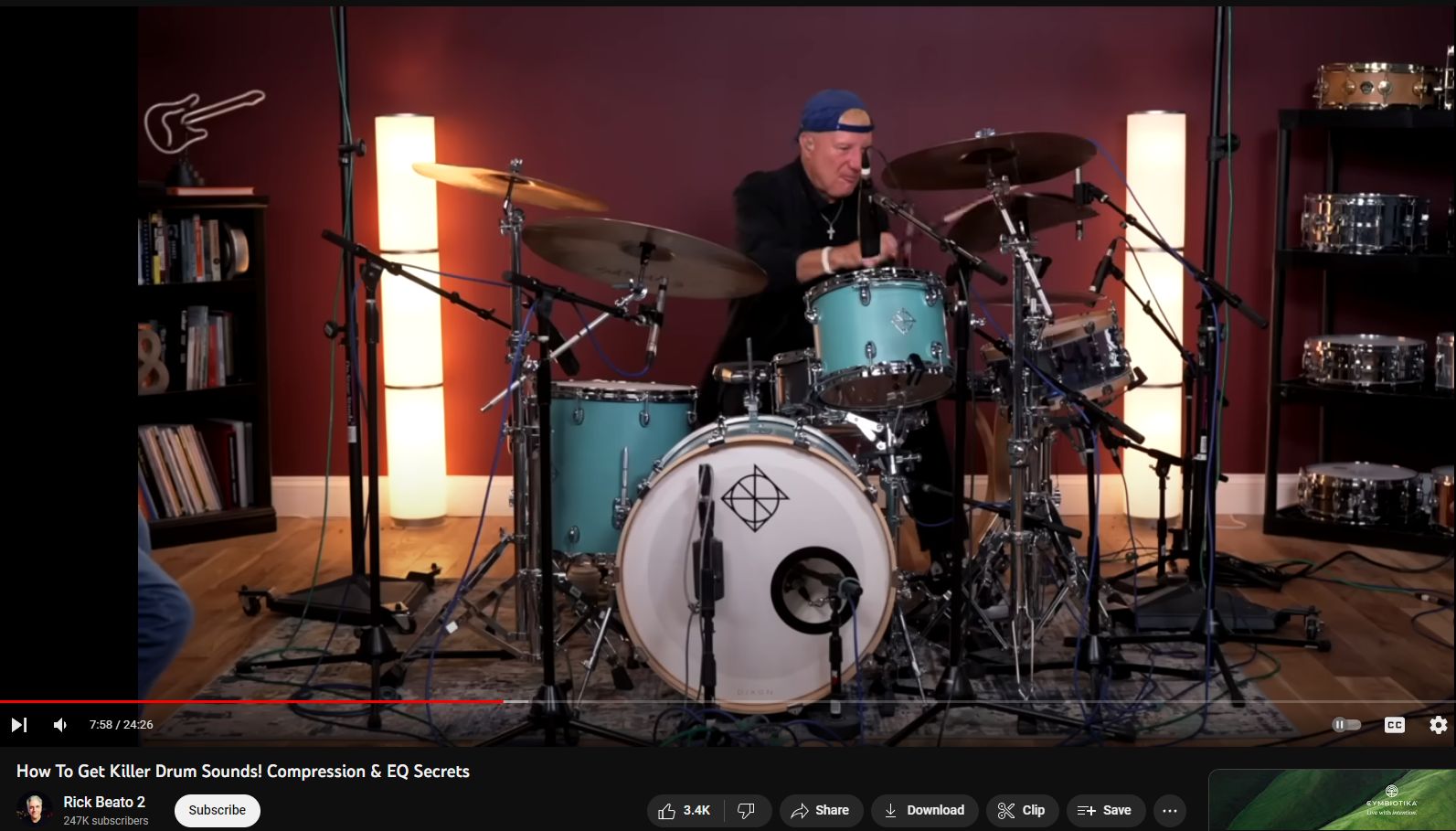Mics to Mastering
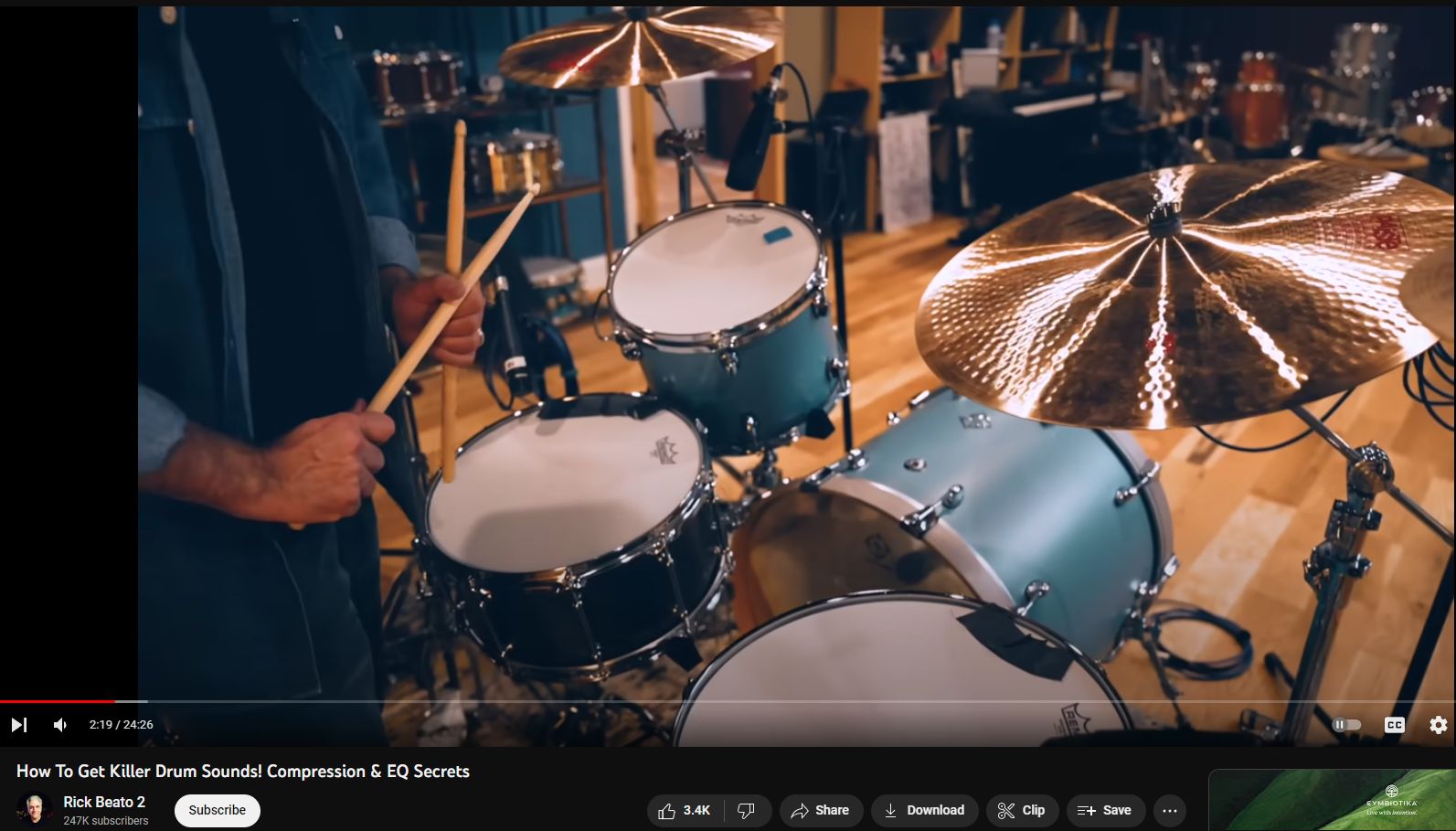
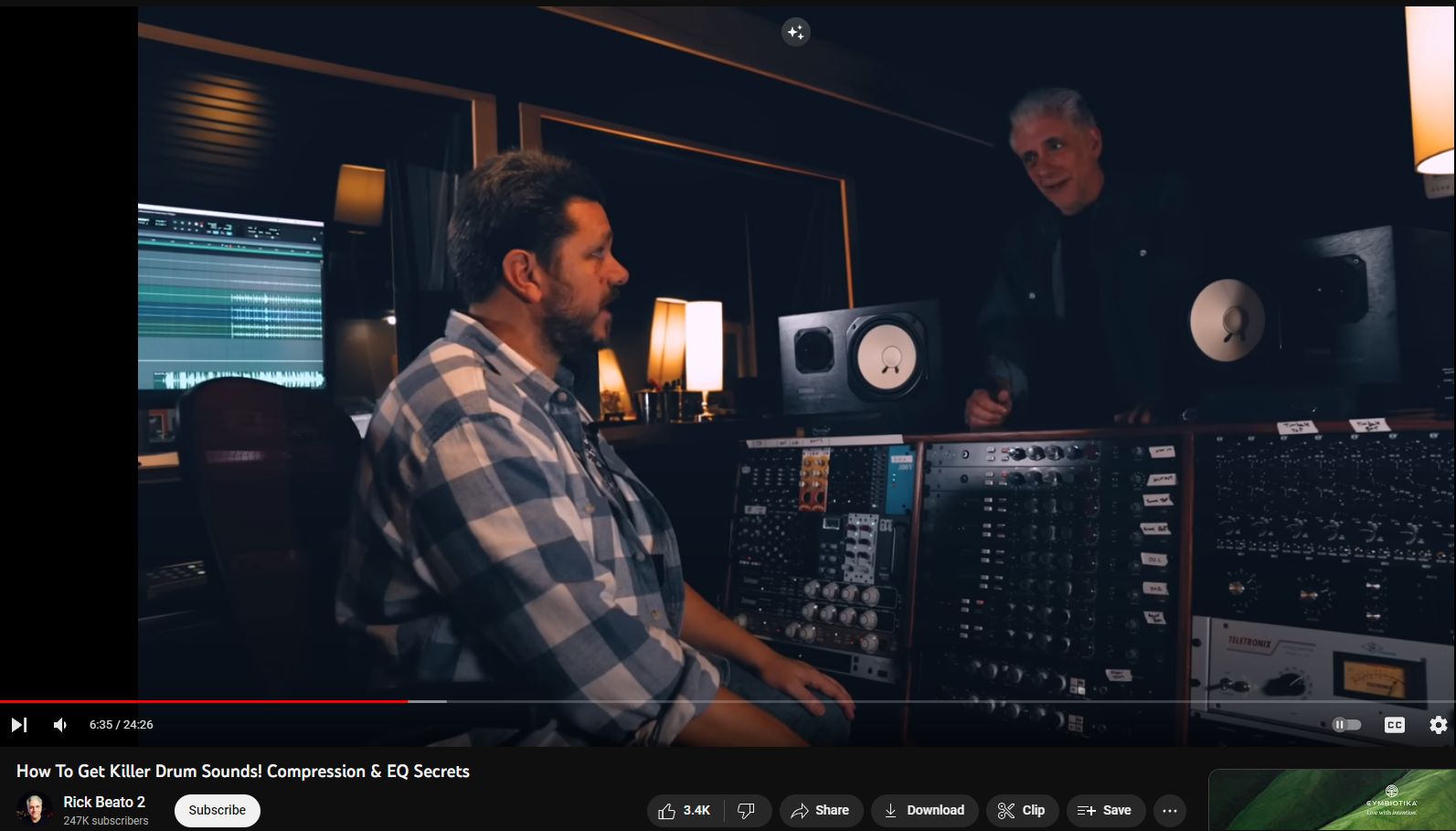
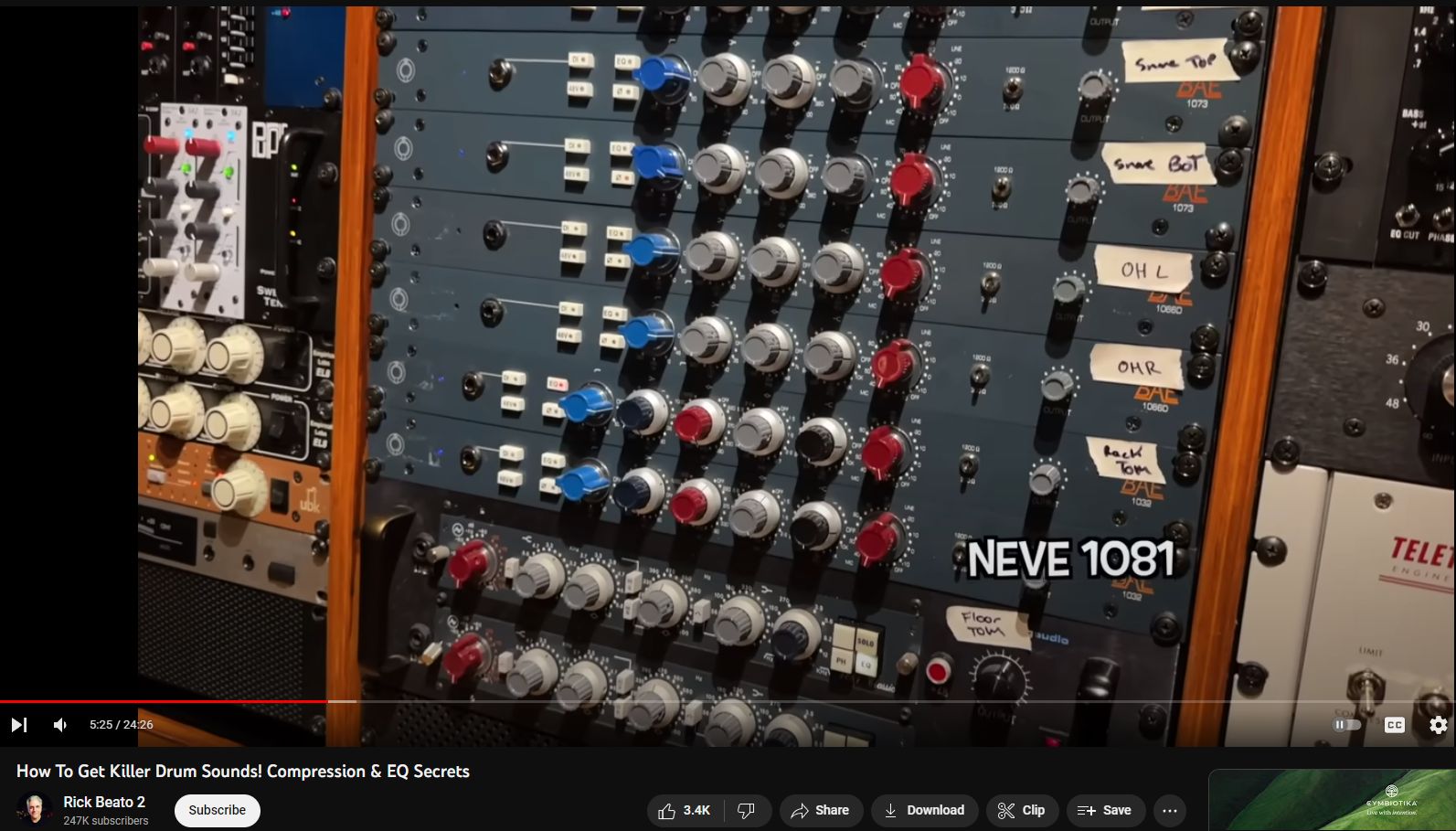
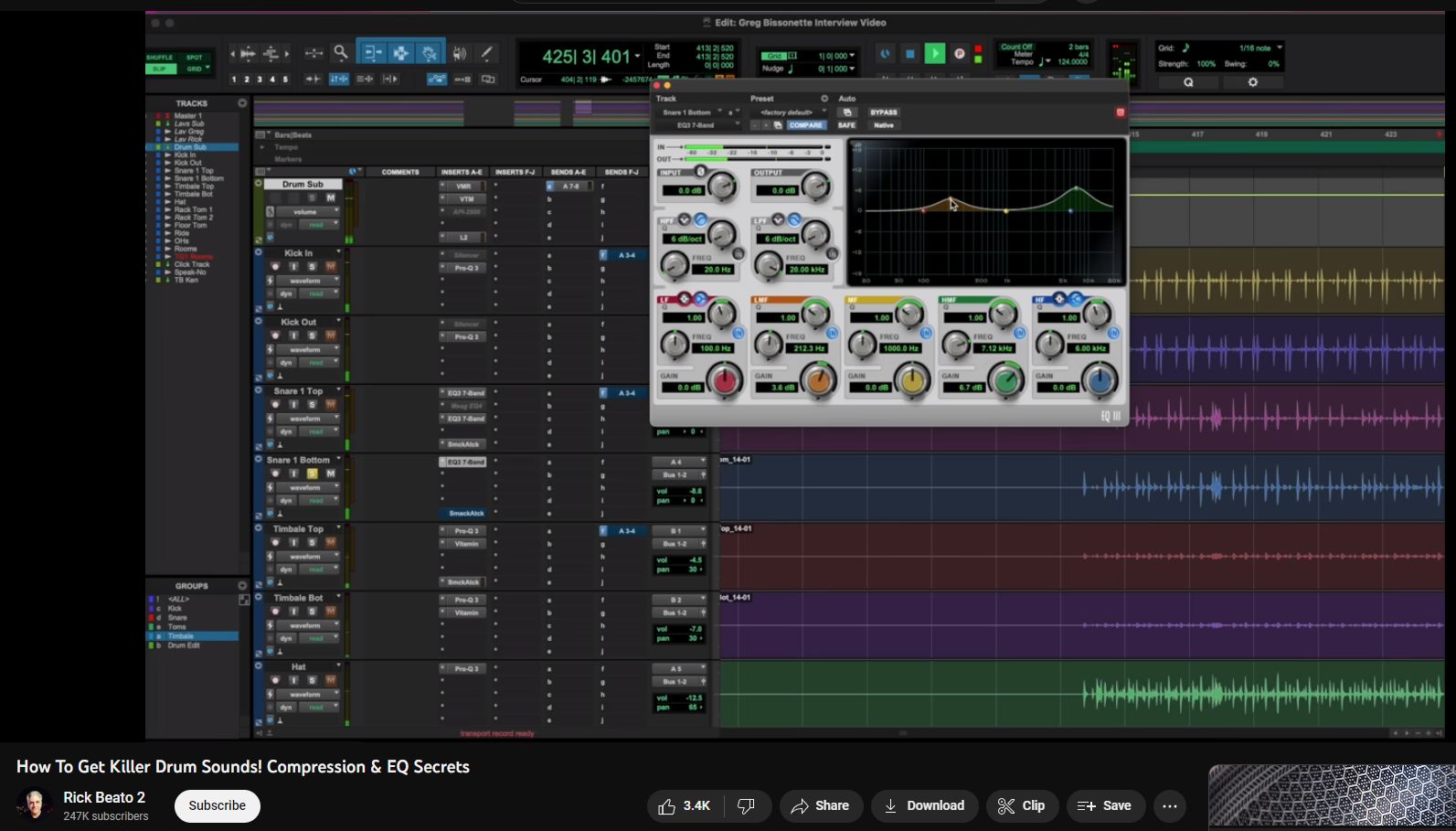
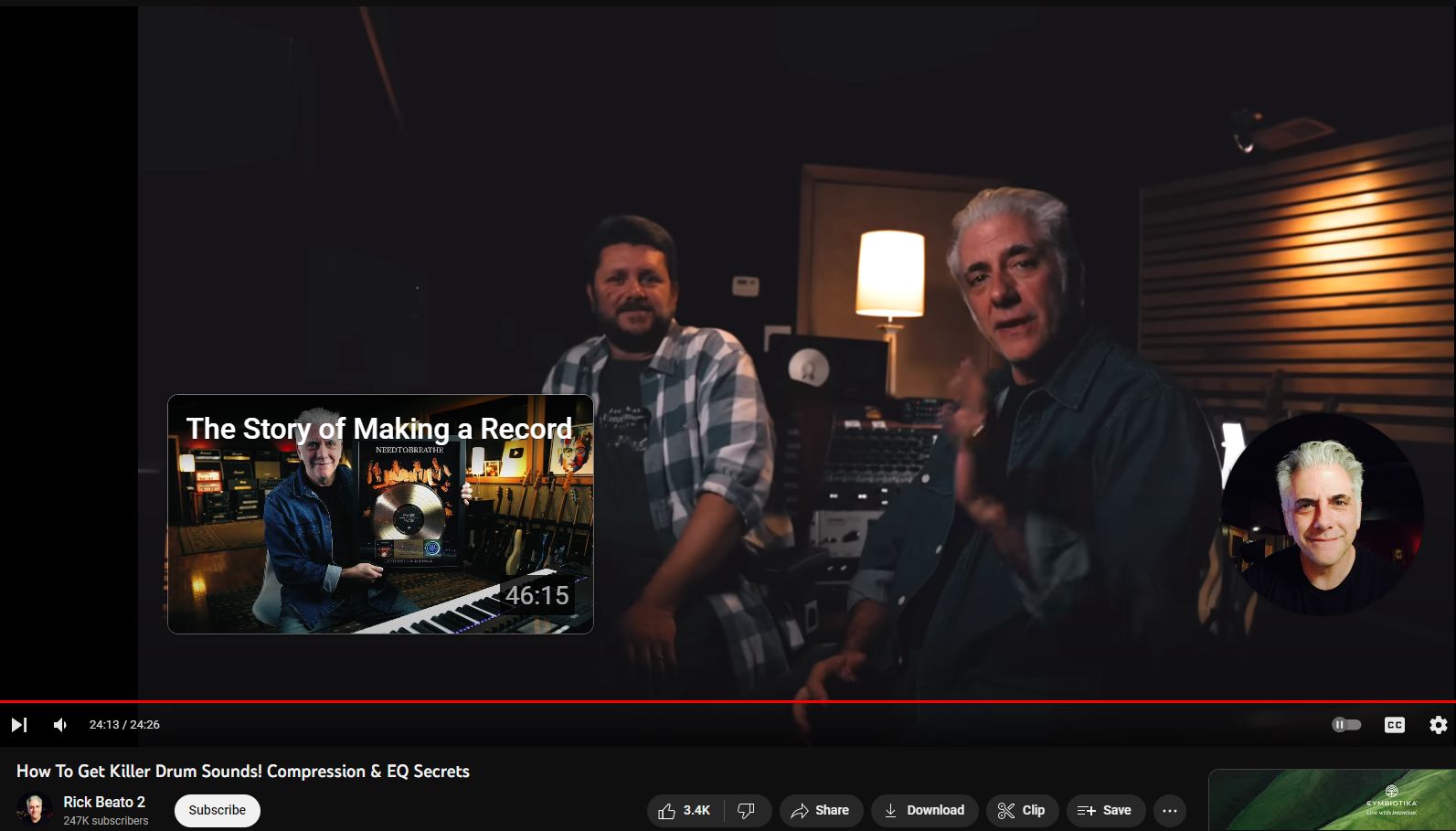
===
Studio microphone recording techniques involve various approaches to capturing sound in a recording environment, aiming to achieve the desired audio characteristics, spatial imaging, and overall quality. Here’s an overview of some common studio microphone recording techniques:
1. **Mono Recording**:
– **Single Mic**: Using a single microphone to capture the sound source directly in front of it. This technique is straightforward and can be suitable for vocals, solo instruments, or focused sound sources.
– **Spot Mic**: Placing a microphone close to the sound source to capture a specific instrument or element within a larger ensemble. Spot miking allows for detailed control over individual elements in a mix.
2. **Stereo Recording**:
– **XY Technique**: Two microphones are placed close together, angled at 90 to 135 degrees. This technique provides a well-defined stereo image with a narrow soundstage and good mono compatibility.
– **ORTF Technique**: Similar to XY but with the microphones spaced wider apart (17 cm) and angled at 110 degrees. ORTF produces a wider stereo image with improved localization and depth perception.
– **Blumlein Technique**: Two figure-8 microphones are placed at a 90-degree angle to each other, capturing sound from all directions. Blumlein creates a spacious, immersive stereo image but requires careful placement and monitoring to avoid phase issues.
– **Mid-Side (MS) Technique**: Combines a cardioid (mid) microphone facing forward with a bidirectional (side) microphone facing sideways. MS recording allows for precise control over stereo width and can be adjusted during mixing.
3. **Ambient Recording**:
– **Room Miking**: Placing microphones at a distance from the sound source(s) to capture the natural acoustics and ambiance of the recording space. Room miking adds depth and dimension to recordings and is commonly used in live performances and orchestral recordings.
– **Binaural Recording**: Using a specialized microphone setup (e.g., dummy head) to capture sound as it would be heard by human ears, providing a highly realistic and immersive listening experience with headphones.
4. **Close Miking vs. Distant Miking**:
– **Close Miking**: Placing microphones close to the sound source to capture a dry, intimate sound with minimal room ambiance. Close miking is suitable for isolating individual instruments or vocals and achieving a clean, focused sound.
– **Distant Miking**: Placing microphones further away from the sound source to capture more room ambiance and natural reverb. Distant miking can add depth and spaciousness to recordings but requires careful balancing to avoid excessive room reflections.
5. **Specialized Techniques**:
– **Decca Tree**: A trio of omnidirectional microphones arranged in a T-shape to capture orchestral performances with depth and clarity.
– **Boundary Microphones**: Placing microphones on a boundary surface (e.g., wall, floor) to capture reflections and resonance, commonly used in conferencing, theater, and recording applications.
These are just a few examples of studio microphone recording techniques, and there are many more variations and combinations to explore depending on the specific requirements of the recording project and desired sonic characteristics. Experimentation, experience, and careful listening are essential for achieving optimal results in studio microphone recording.
